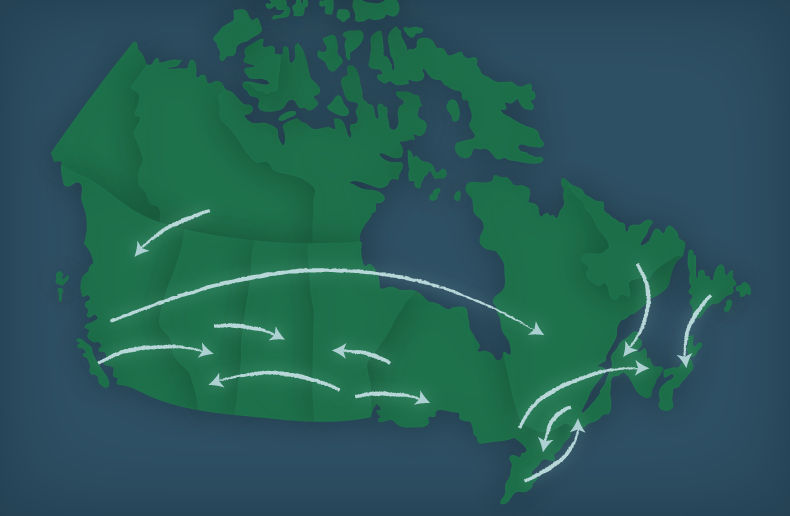Verisk Analytics Inc. has published the Verisk 2024 Global Modeled Catastrophe Losses report, an annual report on extreme event risks globally.
“In the past five years, the actual annual insured losses from natural catastrophes averaged $106-billion, compared with less than $83-billion in the preceding five year period,” they write. Verisk’s latest models estimate the global insured average annual loss (AAL) from natural catastrophes currently sits at $151-billion. “This suggests the insurance industry should be prepared to experience insured losses from natural catastrophes and crop, well more than $151-billion, on average,” they add.
“Although the largest single event is anticipated from a hurricane or an earthquake, severe convective storms, extratropical storms, wildfires and floods are a significant part of the risk, accounting for a little more than half of the $119-billion, non crop AAL. Globally, these perils continue to erode earnings for insurers.”
In 2023, they note that no single event globally from any peril exceeded $10-billion in losses. The report notes and quantifies the costs of severe thunderstorms, but also warns insurers to not overlook the risks posed by hurricanes and earthquakes.
“The insurance industry needs to be proactive and utilize advanced, forward-looking models to better estimate risk and guide internal decision-making.”
Rapid urban expansion
All told, Verisk says global insured losses make up less than one-third of global economic losses on average. In North America, about 51 per cent of economic loss from natural disasters is insured. Factors driving the increasing losses include climate change, climate variability, exposure growth, rapid urban expansion, social and economic inflation and increasing event frequency.
“Today, more than half of the world’s population lives in urban areas. Across the globe, nearly 58 per cent of cities with a population of at least 300,000 are highly exposed to one or more natural hazards,” they write. “Changing exposure patterns and rising repair costs make it critically important for insurers to regularly reassess their exposures, particularly in times of increased inflation and in the urban and coastal areas that are most vulnerable to natural hazards.”







